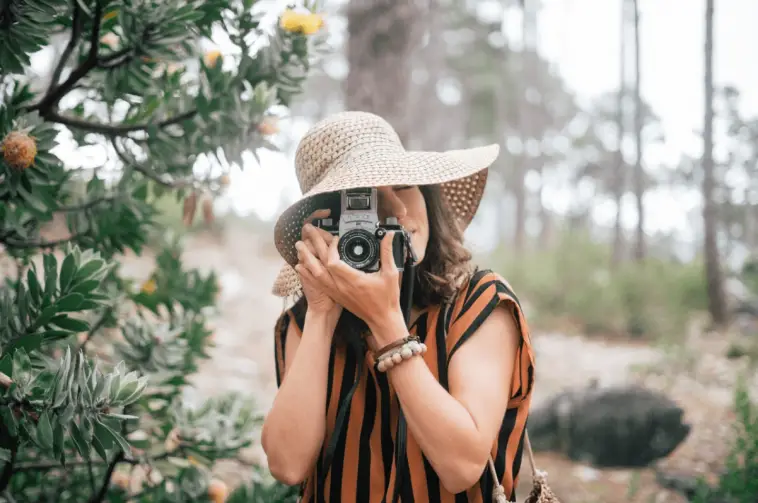Photography and cinematography are amazing fields of interest, whether like somebody’s hobby or a full-time profession. They can thrill and charm whoever takes up the challenge of creating and recording something worth saving, seeing, and reflecting upon.
People who are engaging in these arts are very serious and consistent about their equipment and like to discover new and upgrade old ones, constantly pursuing the best angle, light, and scenes that will help them transform and deliver the messages.
These messages are expressed by nothing better than the clever and artly use of backgrounds.
Utilize Your Background
Utilization of your backgrounds as much as possible is necessary because the background enhances the subject of your interest by adding visual elements.
It helps to make a great communication and if you do it well, it can help to add mood and atmosphere, capture the feeling or impression, and help you to be more creative and expressive.
Not many artists can afford the best or the newest camera technologies because these are, unfortunately, quite expensive but what they can do is to use all kinds of variable digital programs and online options while they keep on enjoying the old faithful camera.
These programs allow you to transform and shift the main elements, like lightning, borders, contrasts, and contours by retouching and adding myriad effects. The folks from vfpresets.com/lightroom-retouching-toolkit/ say that we can recognize and acknowledge these ways of utilizing background by techniques, like retouching, using “dark mode” to create a dramatic and moody look, adding sun flares or scene enhancements, as well as dodging and burning skills, especially for portraits. These digital methods are the very summit of endless possibilities that allow you to be creative, curious, and focused.
Minding the Factors
Beside and before using digital techniques, there are several moments or factors that you need and want to pay attention to:
- Setting the Stage: The stage provides valuable information about your setting and is used to highlight your subject in a context that helps them to stand out.
- Adding the Frame: Framing, again, helps to put the subject into context and contrast with its background, being it an actual frame or a surrounding environment.
- Keeping It Simple: A background that is simple and subdued will help to draw the focus onto your subject and will highlight their emotions, features, and expressions.
- Minding the Depth: Show the environment to give the viewers a sense of place, distance, and movement. This is easily done by using lines to draw focus onto the subject.
- Using Contrast: Most people think of contrast only as black and white, but there are many tonal contrasts, using opposite colors or shades, complementary colors, and color palettes from prospective backgrounds.
- Blurring the Background: One of the best and easiest ways to handle a distracting background is to blur it and throw it out of focus.
- Taking Care of Lighting: Both natural and artificial light can be used in the background to enhance any shot, to set the contrast and mood.
- Appreciating the Motion: Adding a bit of movement to the background can help create a more dynamic shot.
Oftentimes, for a great story to be told, these factors and methods are being combined, but not more than two or three, and that is where the real power of background manipulation is.

Shortcuts To Leveling Up
The art of creating a perfect background can sometimes be as simple as:
- Hinting at things leaves the viewer’s imagination to fill in the gaps – which sets the mood.
- During an afternoon sun, your background is more likely to be lit by a soft light, which helps eliminate distracting highlights.
- Contrasting colors help the audience find the subject of your shot.
- Shifting your position or moving your subject slightly can entirely change the background and the resulting composition of the photo.
- Adding depth of field is the technique to use to test a background to its limits.
- If in doubt, selecting backdrops is one of the easiest ways to add personality and style to photography or videography – in the studio.
Whichever method you choose to enhance the object of the photo or video against and despite the background, make sure it’s intentionally telling your story and sending your message.
Whether you are outside in a panoramic location, at a busy market or crowded street – including the background as part of your composition can help to set the scene and give your viewers a peek into the context of your art.
You do not need to overdo and overthink – make it simple, make it contrasty, make it blurry, and make it focus. Everything else can be easily repaired by the perks of our modern, digital world.



